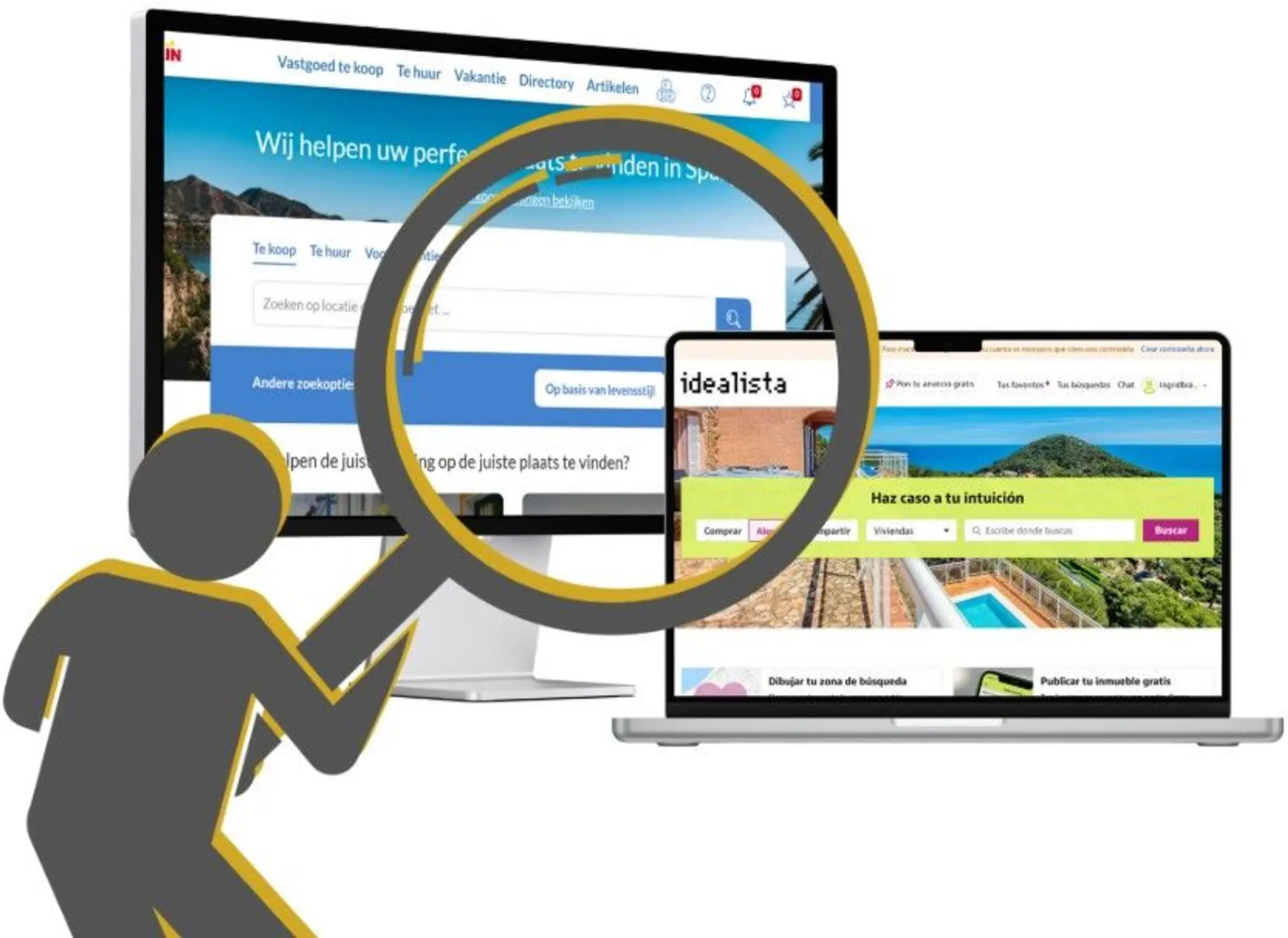Thinking of buying a home in Spain and (partially) financing it with a mortgage? You can — even if you don’t live in Spain! Below is a clear, structured explanation of how a Spanish mortgage works, what to expect, and what to watch out for.
📌 1. Foreigners can also get a mortgage in Spain
Good news: Spanish banks do provide mortgages to non-residents (foreigners without tax residence in Spain).
💡 Note: usually up to 70% of the purchase price can be financed.
📌 2. You always need personal funds
You’ll need to cover about 30% of the purchase price yourself, plus 11–15% for additional costs (notary, taxes, lawyer…).
💡 Plan for about 40–45% of the total in personal capital.
📌 3. Your income determines how much you can borrow
The bank will assess your monthly income, fixed expenses, and any existing loans.
💡 As a rule of thumb: your total financial obligations (including those in your home country) may not exceed 35–40% of your income.
📌 4. Mortgage types and durations
The most common type is an annuity mortgage (fixed monthly payments).
• Terms: usually 15 to 25 years
• Interest: fixed or variable, depending on the bank and your profile
📌 5. Documents you’ll need to apply
To apply for a mortgage, you’ll need to provide several documents, such as:
• Recent payslips or annual income statements
• Employer or pension statement
• Overview of current loans (official doc)
• Bank statements (last 6 months) of ALL accounts
• Proof of ownership or rental agreement
• Passport or ID (plus apply for your NIE asap)
💡 If you’re self-employed, an accountant’s declaration may be required.
📌 6. The property must be appraised
The Spanish bank will arrange an official property valuation (costs approx. €350 – €700). This helps determine the loan amount.
💡 The loan is based on the lower of the purchase price or the valuation.
📌 7. The bank makes an offer
Once your file is assessed, you’ll receive a binding mortgage offer (FEIN). This must be delivered at least 10 days before signing the deed.
💡 Review the terms carefully, including interest rates and any mandatory insurance policies.
📌 8. Signing at the notary
The mortgage deed is signed together with the title deed at a Spanish notary.
From that moment, everything is official — you’re now both owner and mortgage holder.
📌 9. Monthly payments are auto-deducted
Repayments are taken automatically from your Spanish bank account.
💡 Make sure your balance is sufficient — and schedule international transfers in time.
📌 10. Need help? Let an expert guide you
The Spanish mortgage process is different from what you may be used to. LuxEliteFinance guides you step-by-step, from simulations to key handover — negotiating with banks on your behalf.
✨ Your Spanish dream is closer than you think — even with a mortgage.






